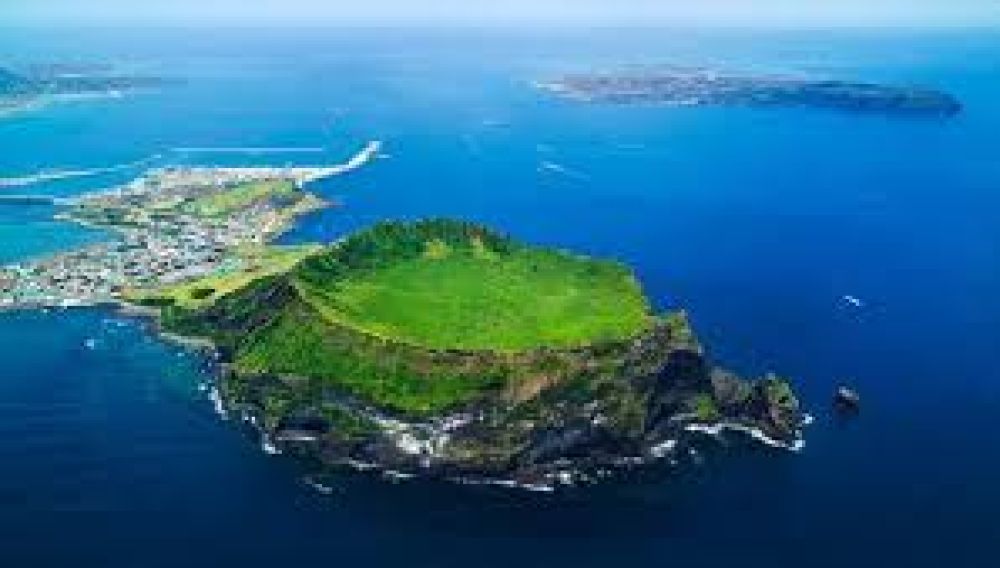Jeju Island, also known as Jeju-do, is known for its stunning natural beauty, volcanic landscape, beautiful beaches, waterfalls, and unique cultural attractions. It's home to the highest mountain in South Korea, Hallasan, which is a dormant volcano, and has a variety of UNESCO World Natural Heritage Sites such as the Geomunoreum Lava Tube System. Jeju is also famous for its lush green tea fields, the iconic 'haenyeo' (female divers), and iconic landmarks like Seongsan Ilchulbong Peak (Sunrise Peak).

